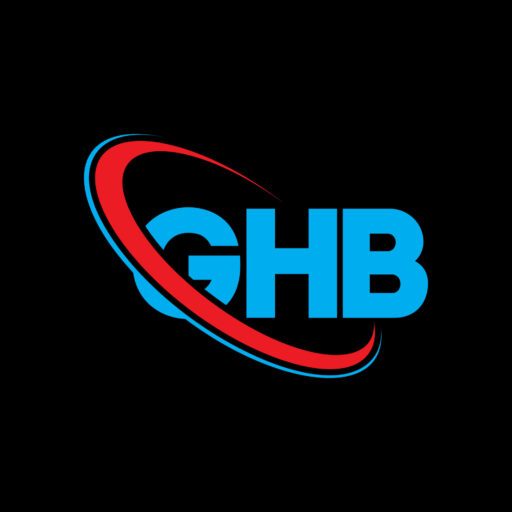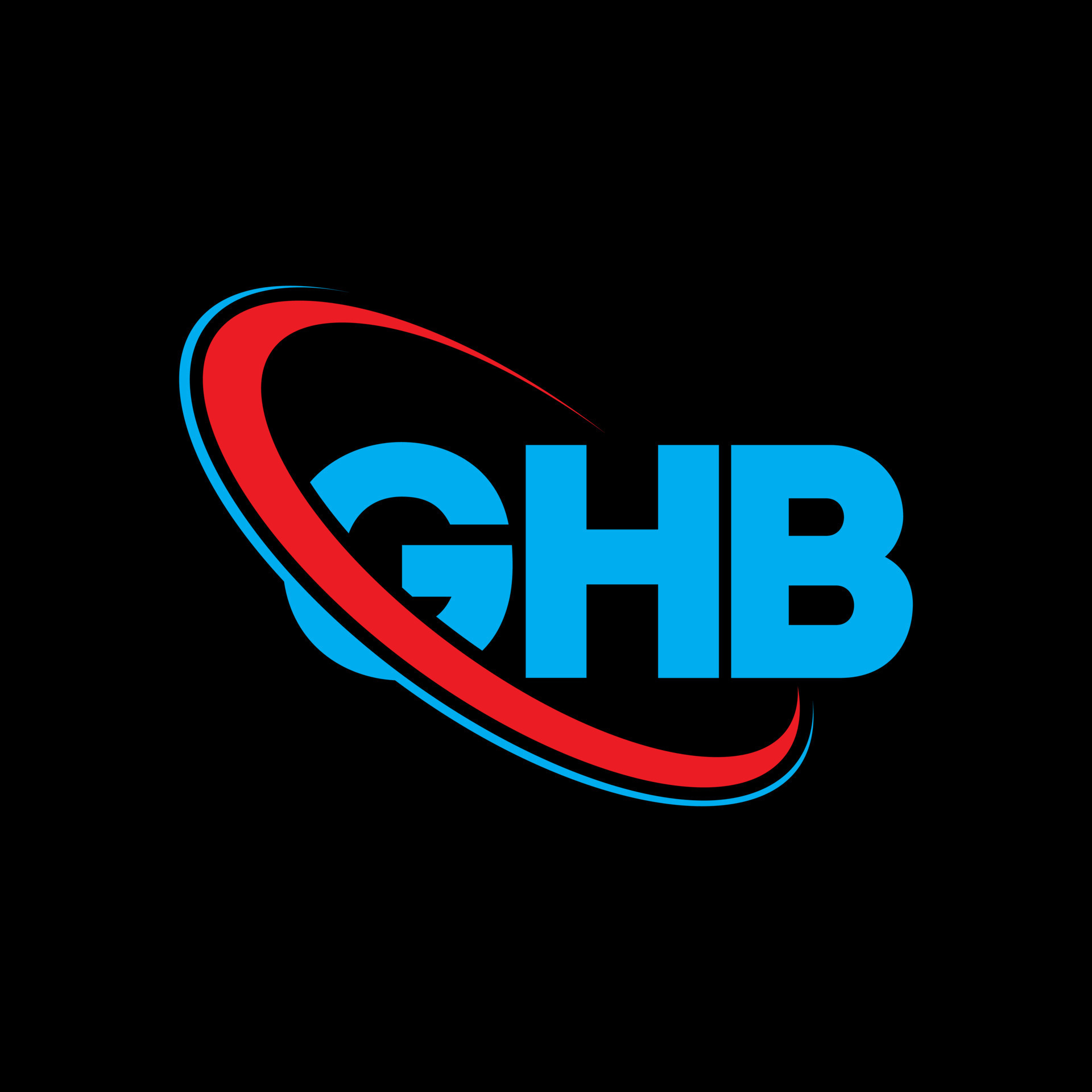No products in the cart.
WHAT IS GBL
γ-Butyrolactone (GBL) is a hygroscopic colorless, water-miscible liquid with a weak characteristic odor. It is the simplest 4-carbon lactone. It is mainly used as an intermediate in the production of other chemicals, e.g. methyl-2-pyrrolidone. In humans GBL acts as a prodrug for γ-hydroxybutyric acid (GHB), and it is used as a recreational CNS depressant with effects similar to those of barbiturates.
Production and synthesis OF GBL
γ-Butyrolactone is produced industrially by dehydrogenation of 1,4-butanediol at a temperature of 180–300 °C and atmospheric pressure in the presence of a copper catalyst.
The yield of this process is approximately 95%. The purification takes place with a liquid-gas-phase extraction.
In the laboratory, it may also be obtained via the oxidation of tetrahydrofuran (THF), for example with aqueous sodium bromate. An alternative route proceeds from GABA via a diazonium intermediate
-22%
GBL
Price range: $235.00 through $1,000.00
This product has multiple variants. The options may be chosen on the product page 


